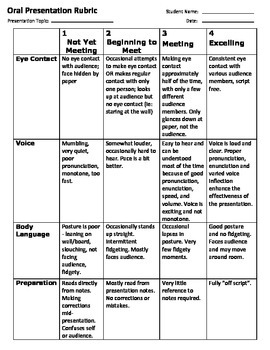
We address the background for each in turn. In addition, we outline several practical problems encountered when conducting a wearable eye-tracking study on eye contact in a live festival setting. In this study, we determine empirically whether humans can avoid eye contact while navigating through crowds or whether looking at other people’s faces or eyes is automatic and difficult to override. Unfortunately, little practical advice on conducting wearable eye-tracking studies in various ‘real world contexts’ exists.

In our experience however, the practical feasibility of this kind of research and the ease of interpretation of the results in light of psychological theories are often overestimated (Hessels, Niehorster, Holleman, Benjamins, & Hooge, 2020b Holleman, Hooge, Kemner, & Hessels, 2020b, 2020c Niehorster et al., 2020b), particularly by researchers new to eye tracking.

Wearable eye trackers bring the promise of being able to estimate when and how long humans look at the face or body of others or make eye contact Footnote 1 while they engage in various activities of daily life. Recent advances in eye-tracking technology, and particularly the widespread availability of wearable eye-tracking glasses, are seen as providing the methodological tools to address this problem (Pérez-Edgar, MacNeill, & Fu, 2020 Shamay-Tsoory & Mendelsohn, 2019 Valtakari et al., 2021). Kingstone, 2009 Risko, Laidlaw, Freeth, Foulsham, & Kingstone, 2012 Risko, Richardson, & Kingstone, 2016). operationalized by having people look at schematic faces or photographs of faces looking straight ahead) has long been considered a model system for human social interaction and communication (Senju & Johnson, 2009), several researchers have raised the concern that such simplified operationalizations may misrepresent how eye contact and other phenomena of social attention support behavior in social interactions (e.g. While the processing of eye contact (e.g. Kleinke 1986), often estimated using eye tracking technology (Jongerius et al., 2020). be considered from a phenomenological standpoint (Heron, 1970 Honma, Tanaka, Osada, & Kuriyama, 2012)-a common operationalization of eye contact is mutual looking at the eyes and/or face by two interactors (e.g. Although eye contact may be defined and operationalized in various ways (Jongerius, Hessels, Romijn, Smets, & Hillen, 2020)-it may e.g. Maintaining eye contact is thought to be a key to teacher competence in teacher-student interactions (Smidekova, Janik, Minarikova, & Holmqvist, 2020), and eye contact is further relevant to the study of social anxiety and/or autism spectrum disorders (Hessels, Holleman, Cornelissen, Hooge, & Kemner, 2018a Senju & Johnson, 2009 Wieser, Pauli, Alpers, & Mühlberger, 2009), patient-clinician interactions (Jongerius et al., 2021 MacDonald, 2015) and social robotics (Kiilavuori, Sariola, Peltola, & Hietanen, 2021).

Eye contact is considered to serve essential functions in face-to-face interactions (Argyle & Dean, 1965).


 0 kommentar(er)
0 kommentar(er)
